How Arroyo Feels About Dress Code
October 19, 2017
To many, clothing is a means of expression. For others, clothing acts solely as a necessity. However we may feel towards clothing, while we are at school, we are all bounded by the dress code.
Recently, the dress code has been a popular topic among the student body due to stricter enforcement enacted by the administration. Several emails and announcements have been released asking students to refer to the dress code located on page 10 and 11 of the student agenda, and the amount of disciplinary action regarding dress code has increased notably.
“The reason why there has been more emphasis is because we have noticed many of our students have gotten a little too relaxed in choosing what they decide to wear to campus.” says Dr. Laura Quintana, assistant principal of student activities.
The Arroyo dress code itself is a list of 7 rules that range from the forbiddance of flip flops to banning the pairing of knee length socks with knee length shorts. While brief, the rules themselves can be found to be limiting to many students’ closets, especially in consideration of the notoriously sunny weather of Southern California.
The increased enforcement has prompted mixed reactions among the student body.
“It doesn’t really bother me because I’ve never been affected by it. I’ve read the dress code and there’s nothing that complicates with my attire,” says Humaid Sheikh, junior.
“I feel like the dress code is too strict on some people because people don’t have clothes for everything and the administration thinks ‘Oh, you need to wear this,’ but what if you don’t have that stuff?” asks Jacob Salinas, senior.
It is with such response that the very purpose of the dress code is called into question, especially in an educational institution. What is the extent to which the way students dress affect their academic achievement? Does it at affect it all? Many students would find that the way they dress does not affect their academic performance whatsoever.
However, both Dr. Quintana and Mr. Jose Gallegos, assistant principal of instruction, agree that the dress code is a very minor concern academically, instead they feel it is a matter of the overall presentation of the Arroyo student.
“It’s the emphasis as when I come to work I come dressed for work. Students are, technically, you can look at it as they are coming for work, so they have to come prepared in the same attire as they are prepared to work. And their attire dictates that,” states Gallegos.
“Our job as administrators and teachers and custodians and coaches is to ensure the safety of everybody on campus, to minimize the risk, because we really don’t know what happens when students leave our campus. We want to ensure their safety and that everybody is focused on academics and that certain faux pas about what people are wearing for clothing does not get in the way of instruction or how they build positive relationships on campus,” says Quintana.
Despite the expressed concerns of the administration regarding the overall student body, it is evident that the most common targets of the dress code are female students. Female students in particular feel as though the dress code is unfairly biased towards them.
“I see where the administrators come from when it comes to dress code, but I do think they’re taking it too far with off the shoulder shirts and stuff like that. I think it makes us feel more objectified as women,” says Veronica Castro, junior.
“I think it’s from the old days where they think that what girls wear distract boys but boys shouldn’t be paying attention to what we wear in the first place,” says Sandra Ngo, junior.
“I mean, my shoulders aren’t sexual. I can’t believe I can’t wear off the shoulder [shirts]. Teachers would write me up for it,” complains Maribel Ferrer, senior.
Each of these girls also spoke on their own personal experiences with being dress coded. All shared the same feelings of embarrassment and being increasingly self-conscious about their attire.
Veronica Castro was wearing a long-sleeve t-shirt that she tied in front. She claims the shirt showed less than half an inch of skin, yet she was still stopped and reprimanded by an administrator.
“It made me feel ashamed and embarrassed because I personally felt that I wasn’t showing much. I’m pretty conservative and don’t like showing skin, so being dress coded for that made me feel really insecure and self conscious,” shares Castro.







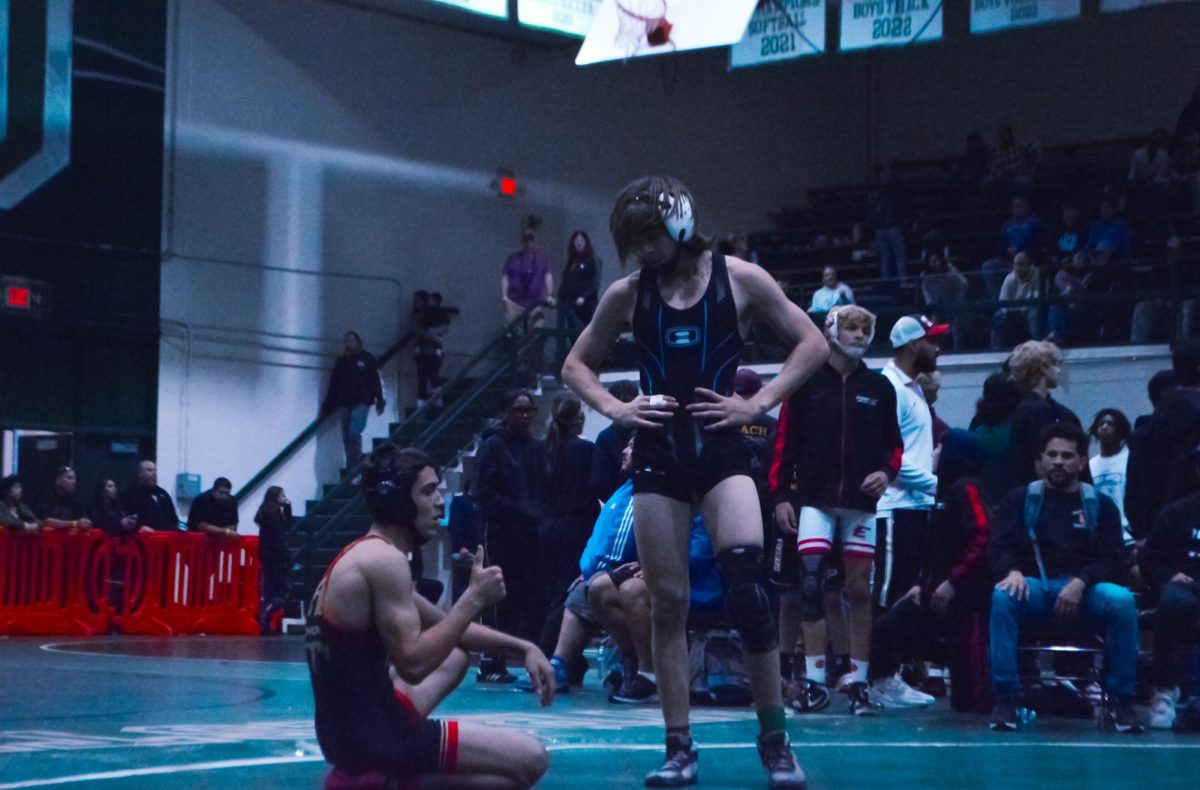
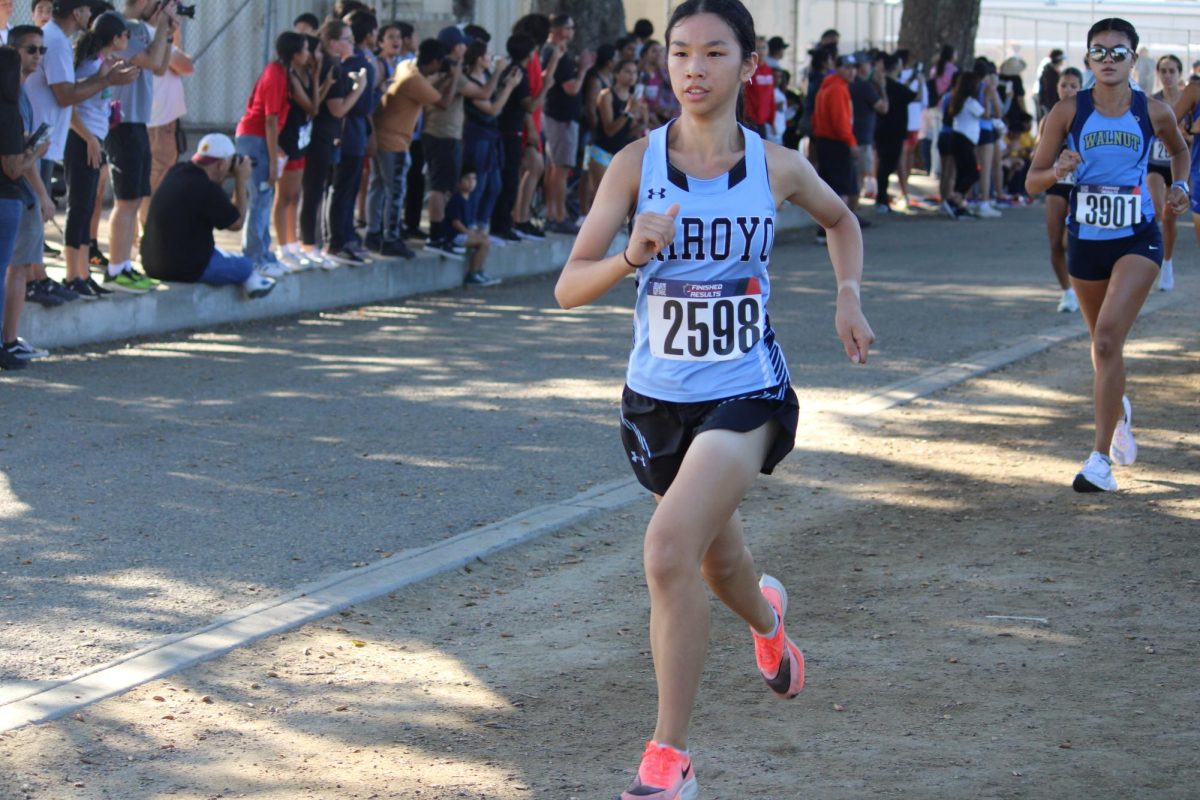
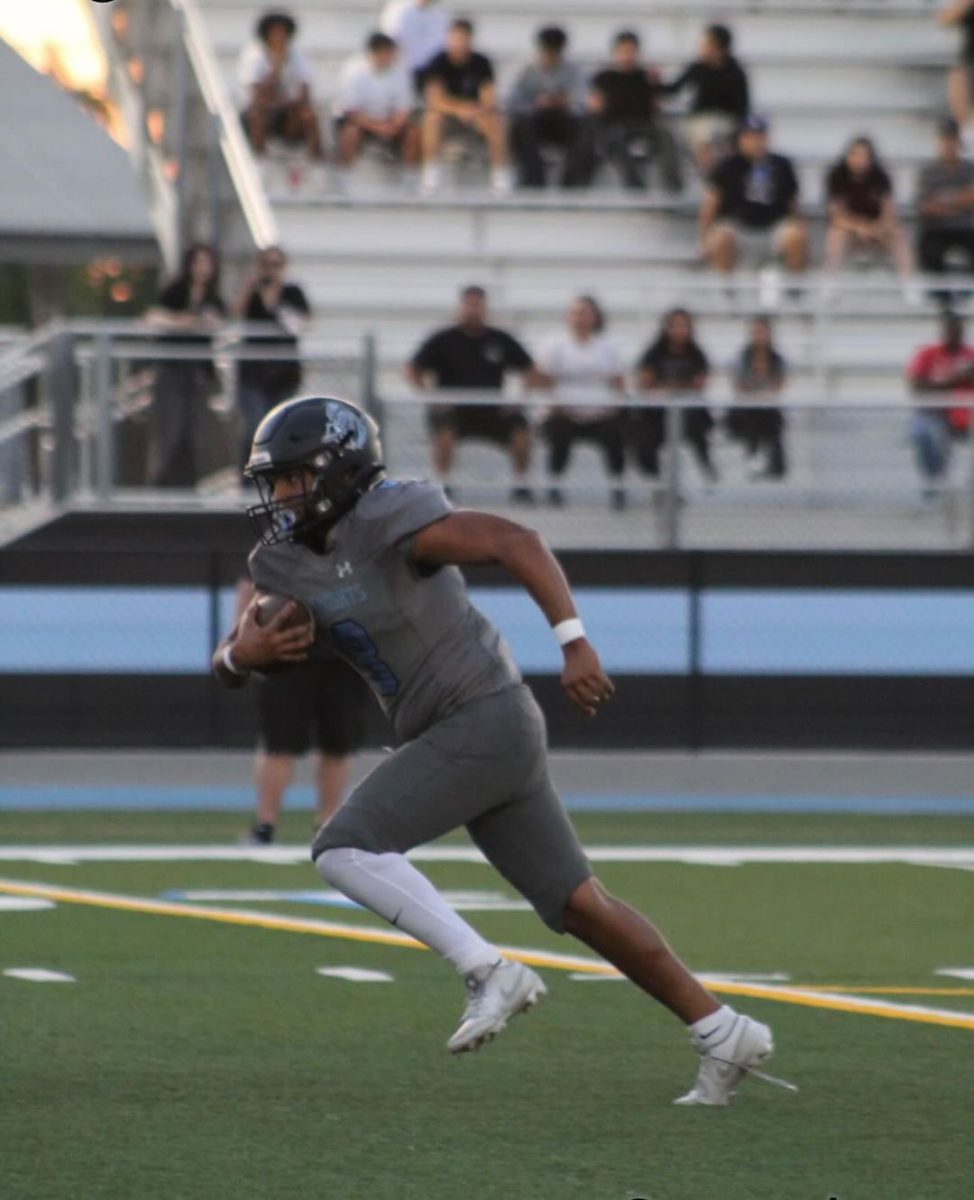




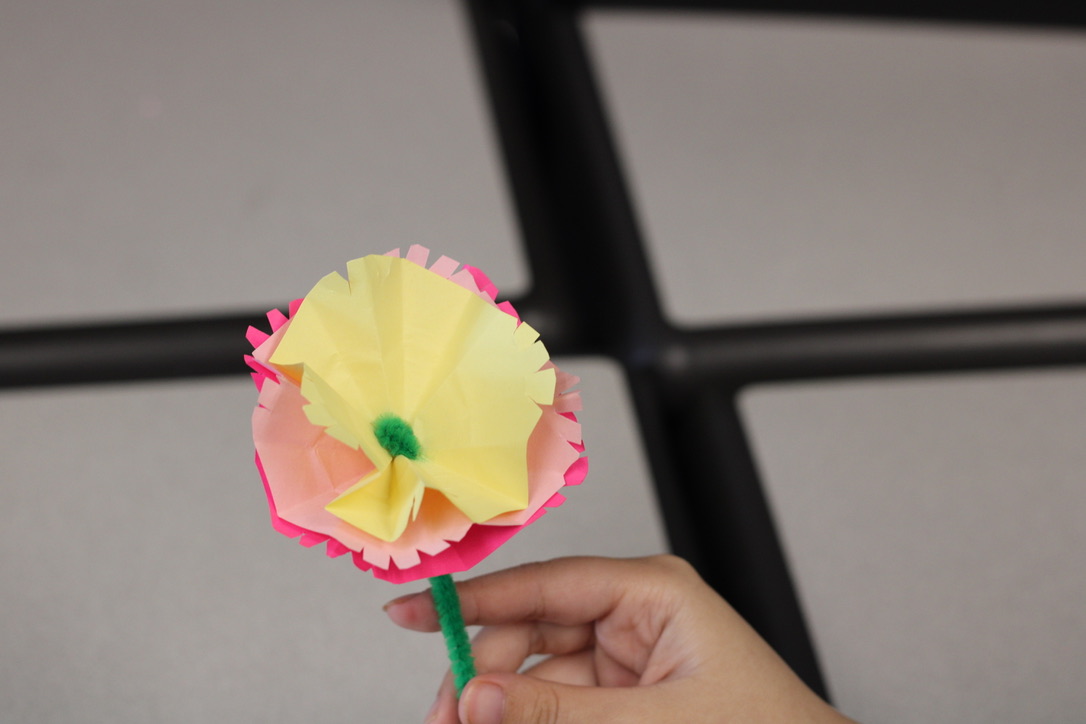
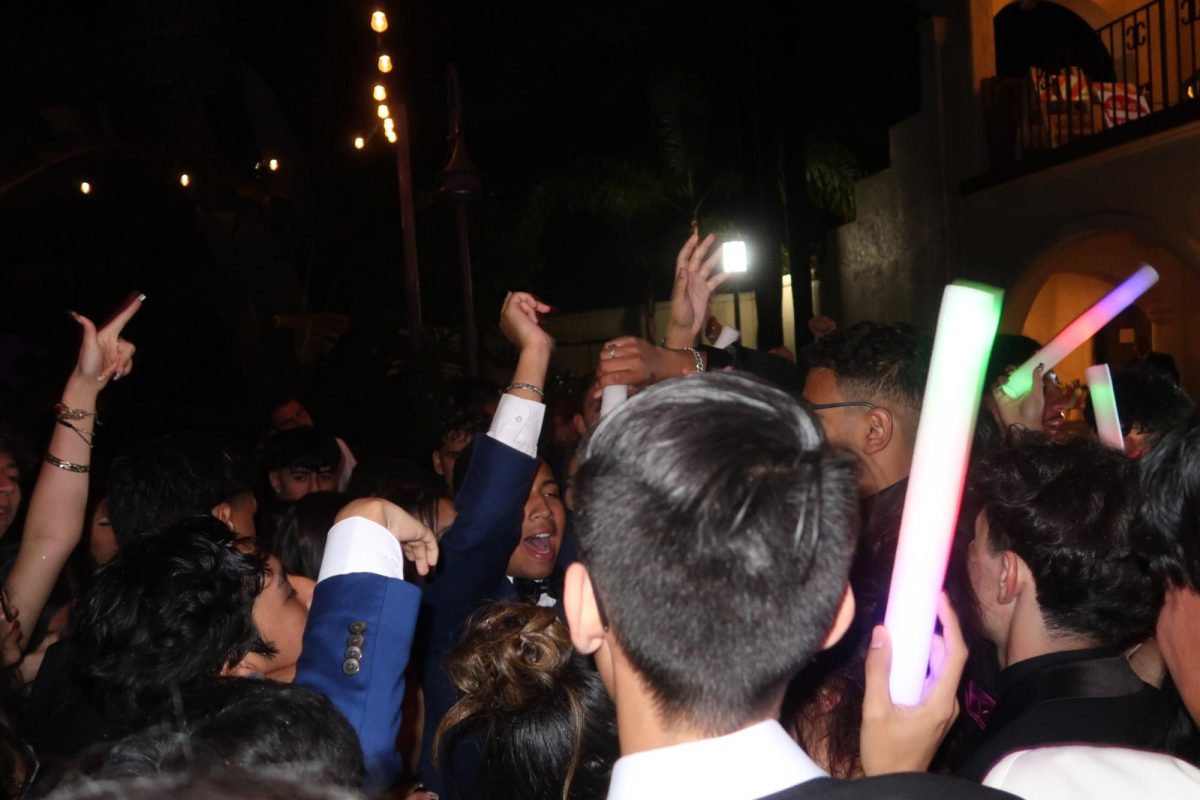

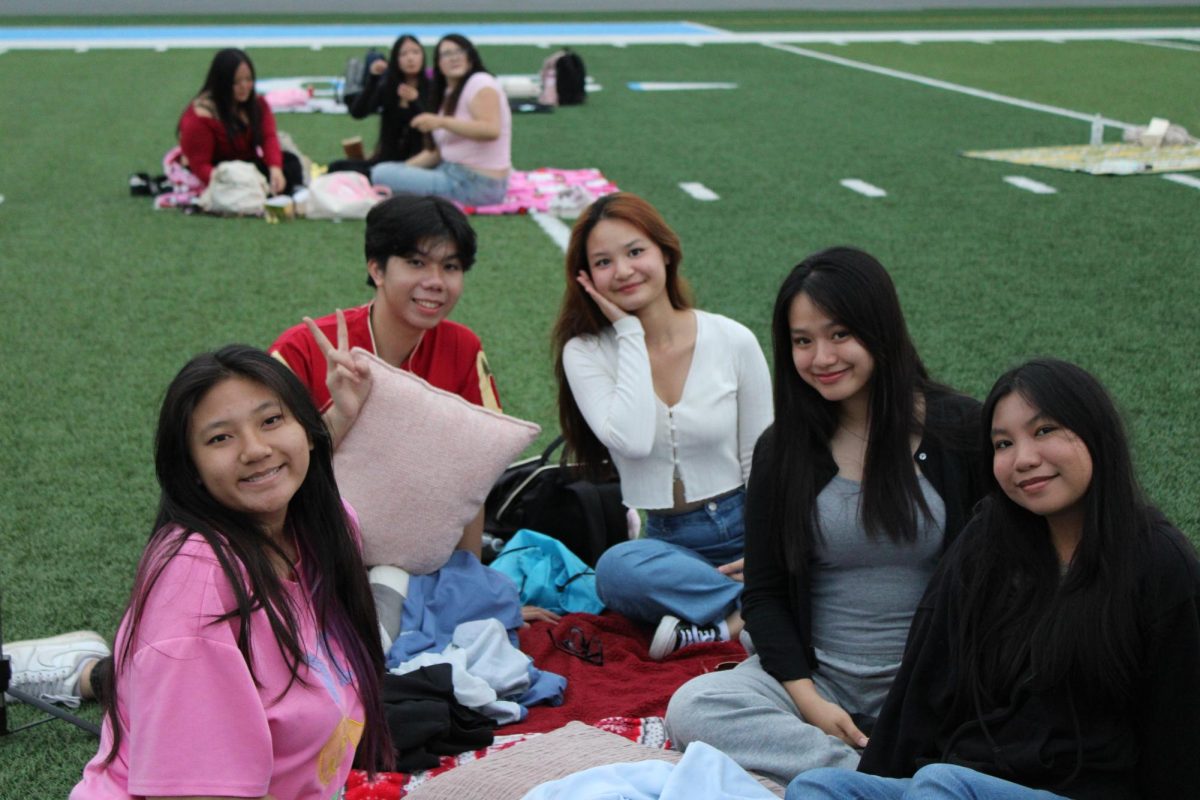




Souraya Nasr • Oct 30, 2017 at 2:45 pm
PERFECTLY SAID ✅
Sandra Ngo • Oct 20, 2017 at 10:17 pm
I LOVE IT